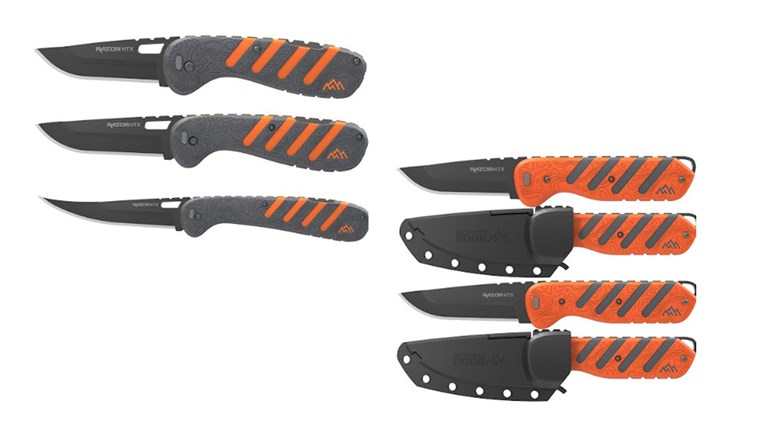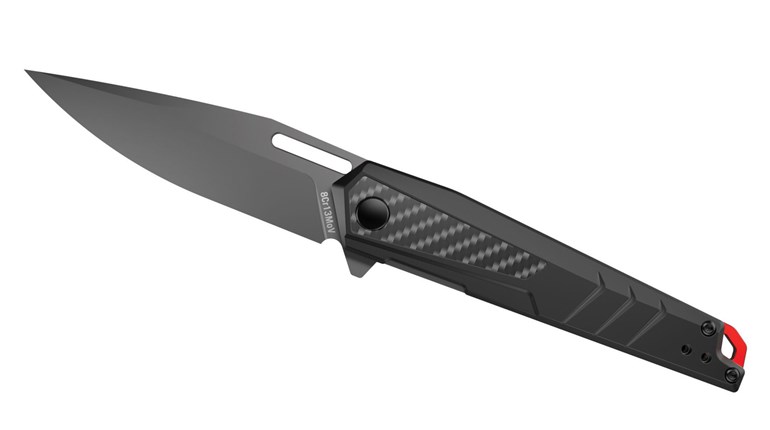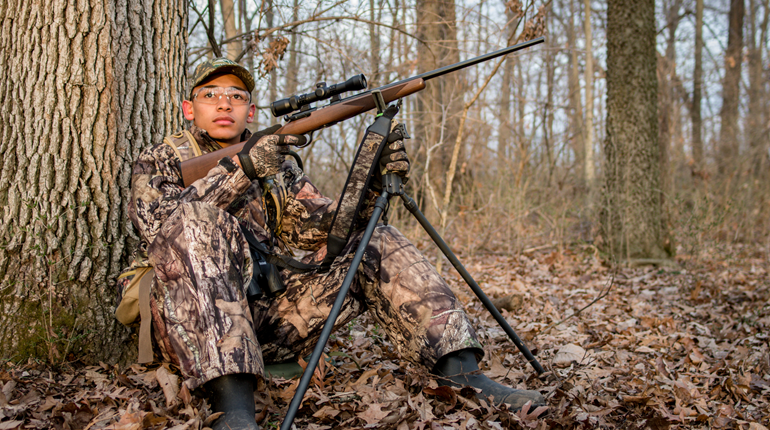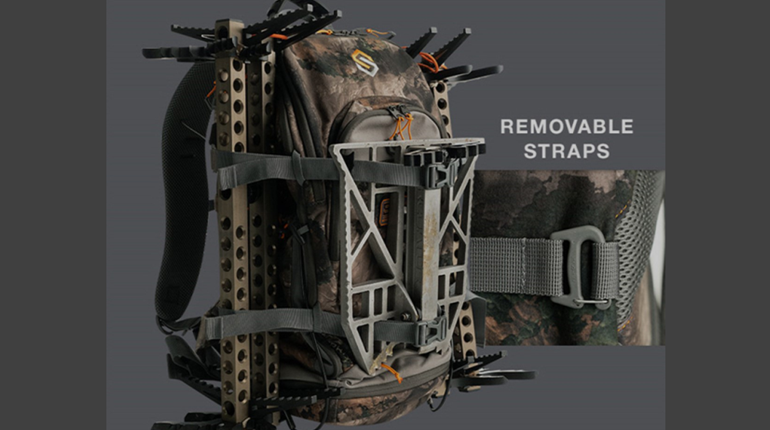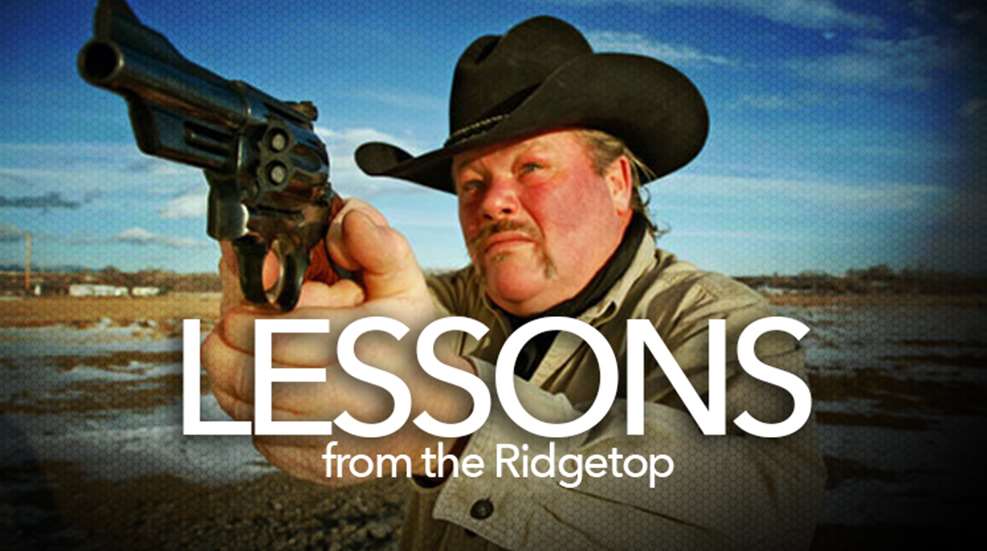
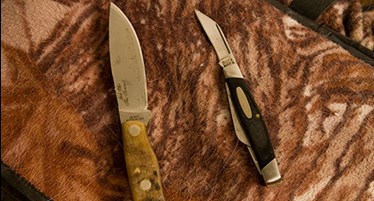 A knife is about as fundamental as a gun for a hunter. Aside from the normal field dressing, we who spend a lot of time in the woods are always finding a need to cut, shave or otherwise separate one thing from another. Among my many vices, I am something of a knife collector so there are probably 200 or so knives scattered around my little homestead.
A knife is about as fundamental as a gun for a hunter. Aside from the normal field dressing, we who spend a lot of time in the woods are always finding a need to cut, shave or otherwise separate one thing from another. Among my many vices, I am something of a knife collector so there are probably 200 or so knives scattered around my little homestead.
I have a little confession to make—it will likely cause any reader with professional ties to the modern education system to faint. I have been carrying a pocket knife constantly since about the third or fourth grade. Today, any student found with so much as a pen knife would be immediately expelled and set to sensitivity counseling, but during that innocent time of some 50-plus years ago teachers knew most of the boys carried a pocket knife and they didn’t care. At that time no one would even consider assaulting another student with a knife. But I digress.
Over the years I have carried and used many different knives: big knives, little knives, folding knives, lock-blade knives and, yes, I’ve even used an automatic-opening knife (a.k.a. “switchblade,” an inaccurate nomenclature) to dress out deer and other game animals. Like many, I started out with a much larger knife than I really needed. In the interest of education, I’ve also tried some mini-folders on deer. I have finally settled on what for me is a reasonable compromise: I use several knives.
If I am deer or elk hunting, I’ll have two knives in my pack in addition to the Benchmade Auto Stryker that is my constant companion. My main knife for dressing and skinning is a Knives of Alaska (KOA) Summit—which is no longer made but the Alpha Wolf is nearly identical. It’s a full-tang, drop-point knife with a 4-inch blade. Made from D2 steel, the edge is friction forged, meaning the edge passes through a pair of rollers, and the friction between the rollers heats the steel and forges it into the edge profile. KOA claims the edge will Rockwell out at 59 to 61 on the Rc scale. The main part of the blade remains softer to allow some flex in it without chipping or breaking. I can dress and skin two deer or wild hog-size animals with it before it needs sharpening.
The other knife I carry—mostly out of nostalgia is an old Buck Stockman folder. Its clip blade is about a quarter inch shorter than when it left the factory nearly a half century ago. I’ve carried it since I was in high school, and then number of fish, birds and deer it has cleaned up would stagger the mind. I’ve lost it three times—once it rattled around the engine compartment of my old Dodge Power Wagon for three months before I found it. I should retire it, but I can’t. Supposedly it’s for a backup, but in reality I just can’t seem to leave it home.












